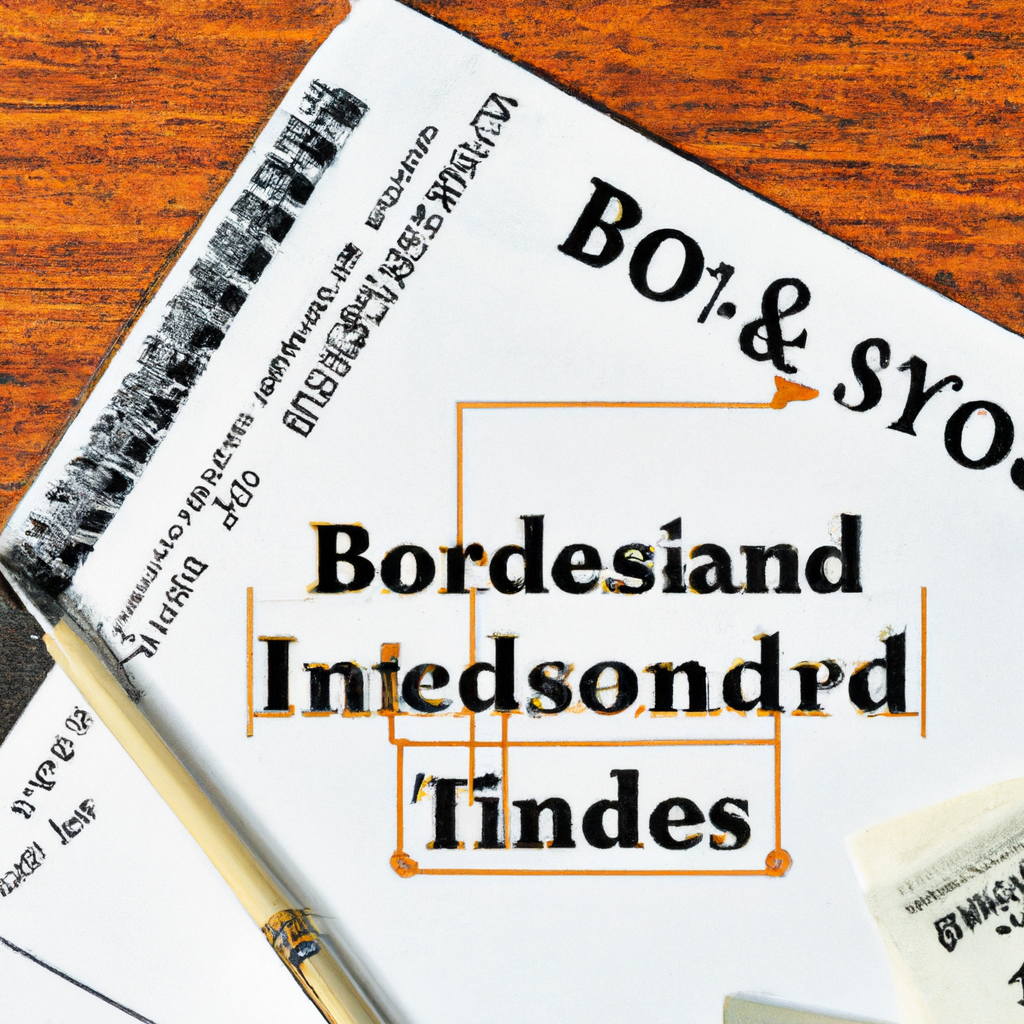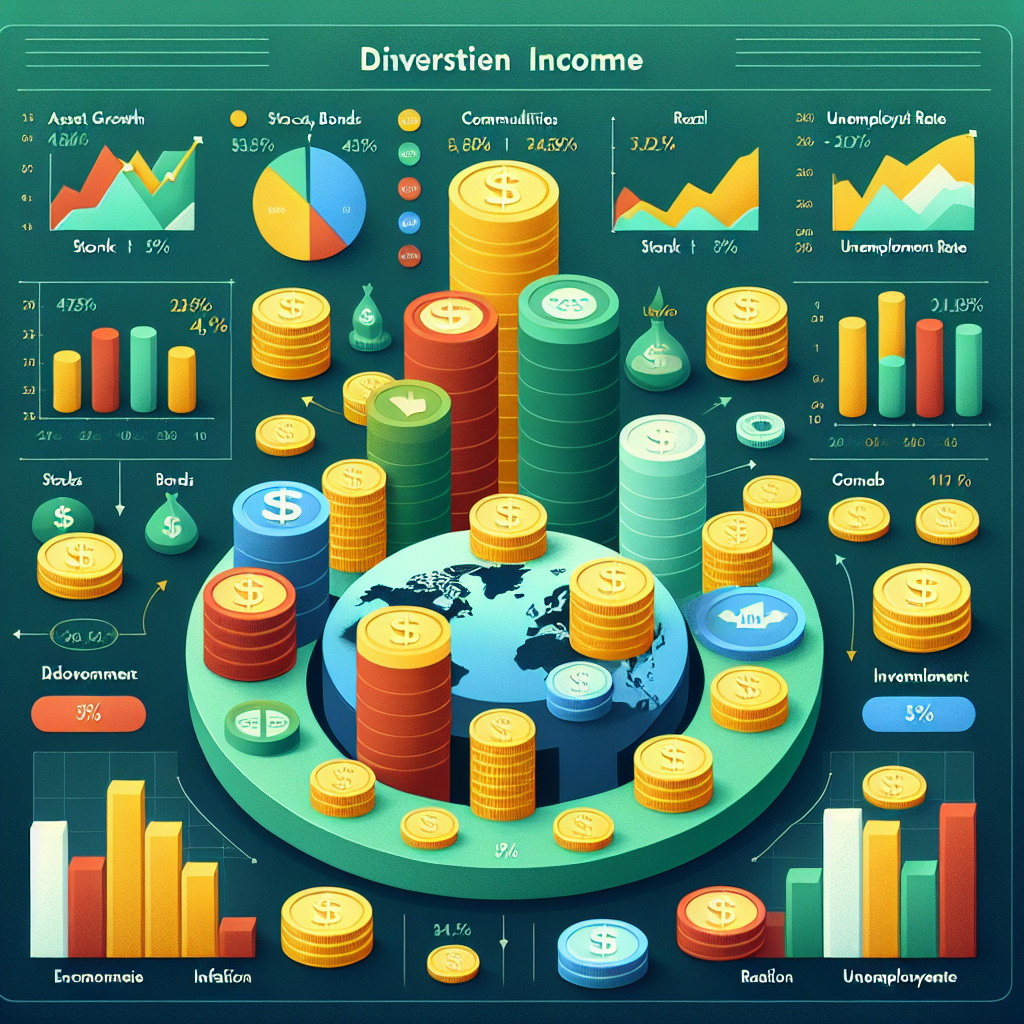How to Invest in Bonds and Fixed-Income Securities
Understanding Bonds and Fixed-Income Securities
Bonds and fixed-income securities are debt instruments issued by governments, municipalities, corporations, or other entities to raise capital. When you invest in bonds, you are essentially lending money to the issuer in exchange for regular interest payments and the return of your principal at maturity.
Types of Bonds and Fixed-Income Securities
There are several types of bonds and fixed-income securities, including:
- Government Bonds
- Corporate Bonds
- Municipal Bonds
- Treasury Securities
- Certificates of Deposit (CDs)
- Preferred Stocks
Steps to Invest in Bonds and Fixed-Income Securities
Step 1: Determine Your Investment Goals
Before investing in bonds and fixed-income securities, it is important to determine your investment goals, risk tolerance, and time horizon. This will help you choose the right type of bond or fixed-income security for your portfolio.
Step 2: Research and Select Bonds
Once you have determined your investment goals, research different types of bonds and fixed-income securities to find the ones that align with your objectives. Consider factors such as credit rating, maturity date, and yield.
Step 3: Open a Brokerage Account
To invest in bonds and fixed-income securities, you will need to open a brokerage account with a reputable brokerage firm. This will give you access to the bond market and allow you to buy and sell bonds.
Step 4: Place Your Order
Once you have selected the bonds you want to invest in, place your order through your brokerage account. You can choose to buy individual bonds or invest in bond funds, which offer diversification and professional management.
Step 5: Monitor Your Investments
After investing in bonds and fixed-income securities, it is important to monitor your investments regularly to ensure they are performing as expected. Keep track of interest payments, bond prices, and market conditions.
Conclusion
Investing in bonds and fixed-income securities can be a valuable addition to your investment portfolio, providing diversification and steady income. By following these steps and conducting thorough research, you can make informed decisions and build a successful bond portfolio.


